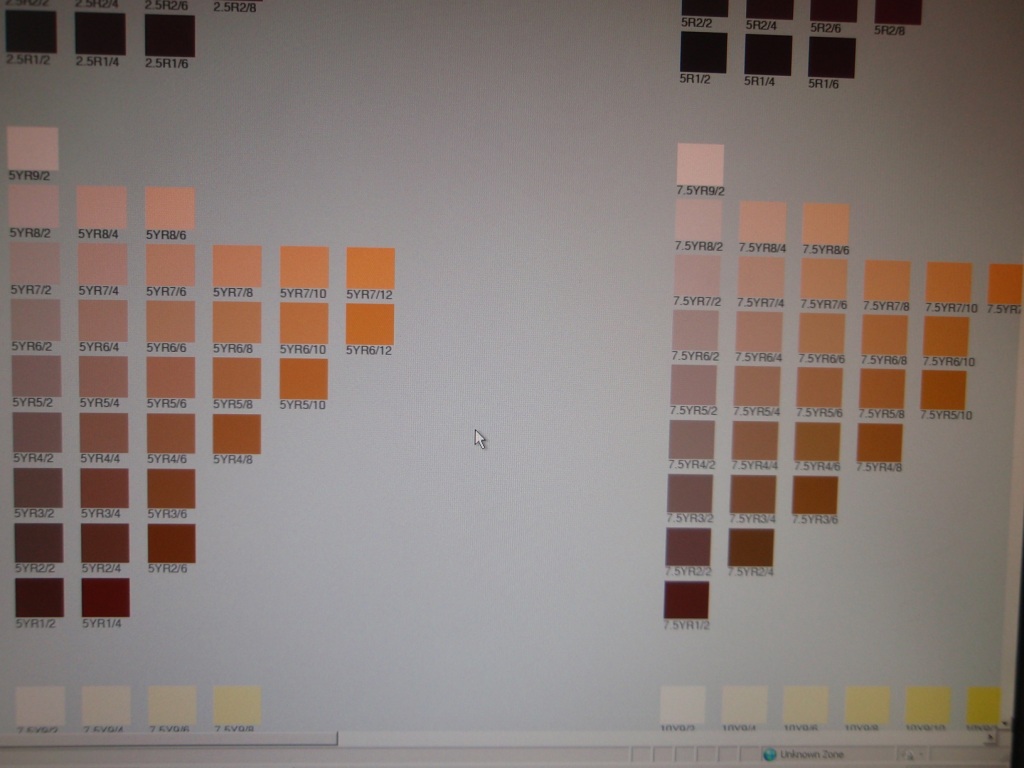|
In the classroom, each soil sample was analysed to establish its pH, colour and moisture content.
pH is measured using a testing kit. Soil, barium sulphate, distilled water and pH indicator solution are added to a test tube. A colour chart is used to ascertain the pH of each soil samples. Soils in Brueton Park are expected to be slightly acidic with pH values of between 5.5 and 6 (pH7 is neutral).
Soil samples were rubbed onto white paper and the colour of the soil was assessed in two ways. Each soil was given a score from 1 to 7 based on its colour (1 was lightest, 7 was darkest). Then each soil was given a code using Munsell Colour charts by matching each soil to the colour on the charts.

|